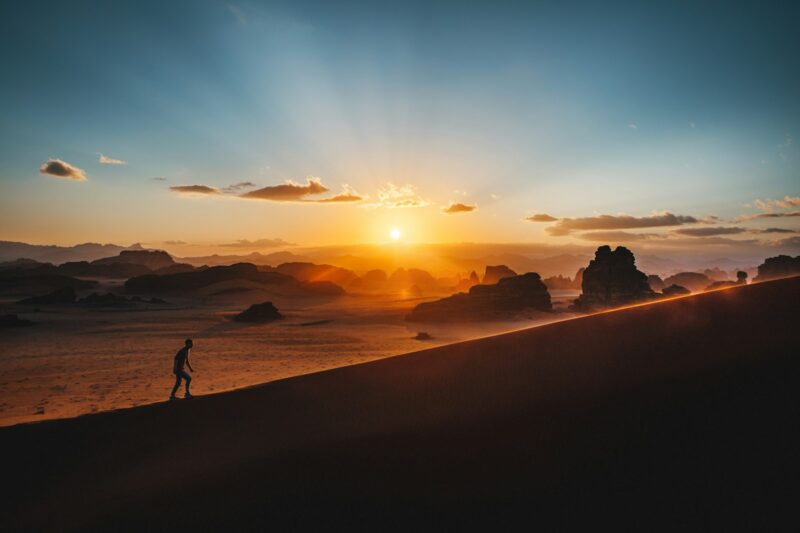Because graphics are concerned with hand drawn images style and quality vary hugely amongst presenters, facilitators and others who use graphics in their work. Much like the way handwriting is a unique insight into someone’s personality, their humanity, hand drawn graphics offer us a similar observation. No two persons’ drawings are quite the same.
It can be easy to think you need to have an artistic background in order to be able to create graphics. Simply type ‘graphic facilitation’ into Pinterest and you’ll be met with a dizzying array of beautiful artworks. However, it’s important to remember the following facts:
- The truth is that the beauty of graphics lies in their simplicity. Simple really is best. An image of a house that is a triangle on top of a square which has taken 10 seconds to draw is better than an intricate drawing of a Georgian manor which has taken half a day to complete.
- Anyone can create graphics. If you can draw a line, a circle, a square, you can create graphics. It’s all about building on key elements.
- If you don’t believe me, keep your purpose in mind. Your purpose is to improve understanding, to aid communication, not to create a wow factor. Success in graphics is not when people say, ‘Oooh, I love your funky drawings.’, it’s when people say, ‘Now I understand what you mean.’
It’s also important to remember that graphics are, for the most part, interactive. They are rarely stand alone pieces of work. A person works alongside a graphic template or one page piece, explaining the content, talking it through with a person or group to close any gaps in misunderstanding.
Do graphics still feel overwhelming? Break them down into steps and build your visual vocabulary as you go. Here are some starters for ten:
- Lettering: Use simple, straight lettering that’s not joined up. Avoid calligraphy or fancy swirls.
- Colouring: Less is more. Be consistent with your colouring and use colour cleverly to categorise themes and ideas.
- Icons: Use simple shapes (square, circle, rectangle, squiggle) to build simple shapes easily. Keep practising key icons until you can draw them quickly without thinking.
- Remember to use formats to bring it all together. Random words and drawings on a page is not a good look!

Once you have finished your work take a step back and assess it.
- Is there a logic trail? Can you add subtitles to make things clearer?
- Is your handwriting easy to read? Can it be seen from a distance? (Remember to check spelling. It’s very common to misspell words when writing on flip charts or large pieces of paper, particularly if you are new to it)
- Does the piece have a balance of white space and content?
- Is your use of colour consistent?
- Is there a good balance of icons and text? Are the icons appropriate to the content?
Don’t forget to add a title to your work. Whether you are taking visual minutes at a meeting (often known as sketchnoting), facilitating a group discussion or creating a one page piece in advance of a presentation, for example, it’s important to include a snappy and succinct title to your work.
Starting out?
There are many things you can do to quickly build confidence.
- If you write a to-do list draw an icon beside each item on the list (this will also help you to remember what needs to be done)
- Whilst on the phone, or listening to the radio take visual notes – using a combination of text and icons.
In addition I always advise my clients to replace any lined notebooks with ones filled with blank pages and to ditch the biros and opt for fine nibbed coloured markers.
This allows for space and creativity to build visual thinking into your day to day work.
Good luck!











One Response
Discovering the secrets of
Discovering the secrets of simple graphics has been a game-changer for my visual storytelling. It’s incredible how a minimalist approach can enhance the impact of my travel photography. Speaking of travel photography, I recently stumbled upon an invaluable resource at https://travelfreak.com/travel-photography-gear/. It’s a must-read for anyone looking to elevate their photographic journey with the right gear.